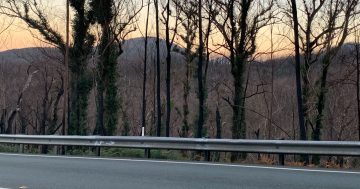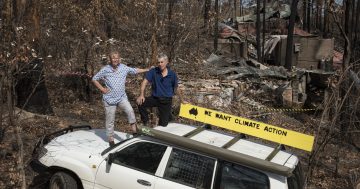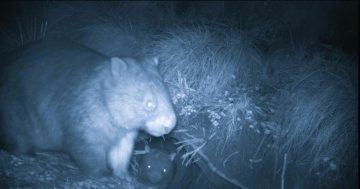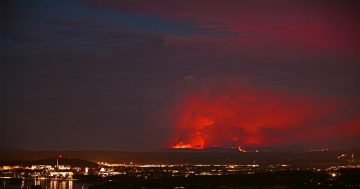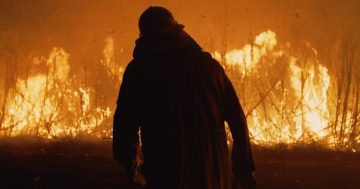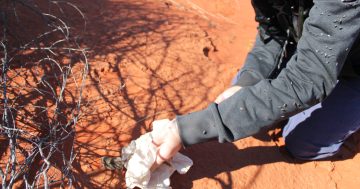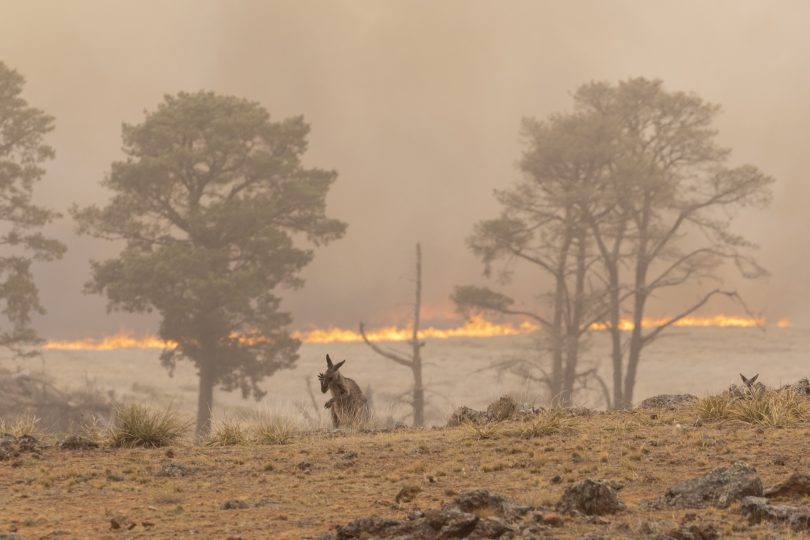
Remember this? A kangaroo rubs its eyes during the Pialligo fire that started near Canberra on 23 January last year. Photo: Thomas Lucraft.
A new study from a group of ANU scientists has painted a clear picture of future bushfire events, with a stark warning that more Black Summers are on the way because of climate change.
The study, released earlier this month and led by Professor Nerilie Abram from the ANU Research School of Earth Sciences, shows that predictions made more than 10 years ago of an increase in climate-driven fire risk would be directly observable by 2020 appear to have come true.
Professor Abram said last season’s bushfires were a clear demonstration of what the future looks like.
“In the lead up to the summer of 2019/2020 many parts of south-east Australia were three years into a severe drought,” Professor Abram said.
“2019 was our hottest and driest year on record. This climate set-up created exceptionally dry fuel loads that primed the landscape to burn and dangerous fire weather that allowed fires to escalate quickly.
“Our new work highlights the strong evidence that south-east Australia’s climate has shifted, and that this type of fire weather is becoming more frequent, prolonged and severe.”
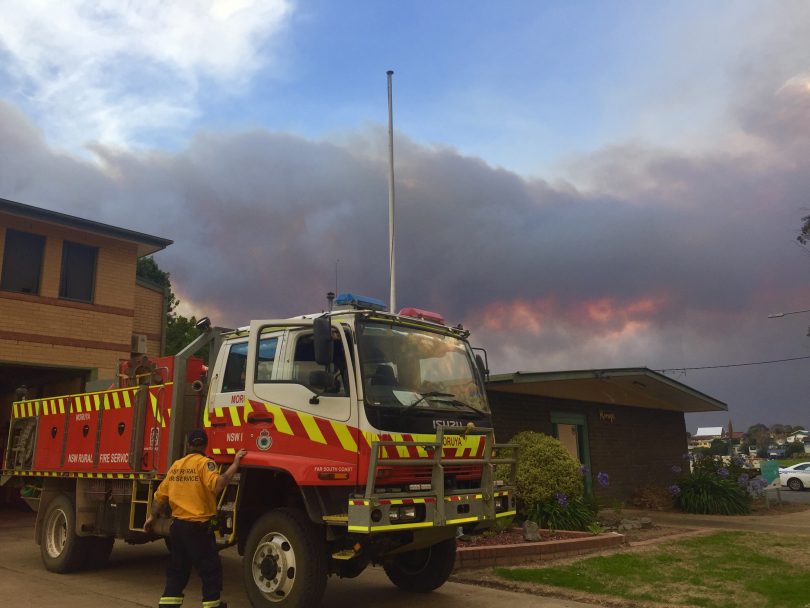
Bushfires at Moruya on 31 December 2019. Photo: File.
The study concludes that improving the methods to adapt to the now inevitable increase in fire risk, while also pursuing urgent global climate change mitigation efforts, is the best strategy for limiting further increases in fire risk.
Professor Abram said more research is needed to combat the combined impact of climate change and severe bushfires.
“During the Black Summer fire disaster, it became clear that there was an urgent need for a clear assessment of what we know – and what we don’t yet fully know – about how climate change will alter Australia’s fire risk in the future,” Professor Abram said.
“When we look to the future, we see south-east Australia continuing to become even hotter because of human-caused climate change. On top of that, climate change is altering our patterns of year-to-year climate variability so that we expect extremely hot and dry years to occur more often.”
Professor Abram said while the current La Niña weather pattern of a wet winter followed by increased rainfall during summer is an indication that not every summer will be like 2019/20, their study showed a clear risk of more severe bushfires if the human-made effects of climate change are not addressed.
The Bureau of Meteorology has also warned that the La Niña weather pattern is already beginning to weaken.
“We don’t expect every summer to be like 2019/2020 – and this La Niña year is a good example of that. But we can’t look at climate change as something in our future or something that we can simply adapt to. It’s here now, and we need to make choices now that put us on a lower risk pathway.
“We saw during our Black Summer how severe bushfires in Australia can be. It’s a trend we can expect to continue to worsen unless we rapidly reduce greenhouse gas emissions,” Professor Abram said.
The team involved in the study included climate experts from the ARC Centre of Excellence for Climate Extremes and bushfire experts from the NSW Bushfire Risk Management Research Hub. Their work was supported by the NSW Bushfire Inquiry and the Federal Government Royal Commission in the wake of the Black Summer disaster.
“Bushfire risk is complex and driven by many factors operating at multiple scales, but this study is a timely reminder of how critical climate and weather extremes are,” Dr Hamish Clarke, of the NSW Bushfire Risk Management Research Hub, said.
This new work follows an open letter, released during the height of Australia’s Black Summer fire crisis and signed by more than 400 climate and fire experts from across the world, warning of the ways climate change is increasing bushfire risk in Australia.
Professor Abram said climate change indicators point towards a rapidly increasing risk of catastrophic bushfires beyond anything we have experienced in the past.
“There are also indications that south-east Australia could continue to become drier in winter and experience more frequent weather fronts in summer that cause dangerous fire weather, but more research is needed to fully understand how these fire-relevant impacts of climate change might develop,” she said.
The research has been published in Communications Earth & Environment.
Original Article published by Michael Weaver on The RiotACT.







